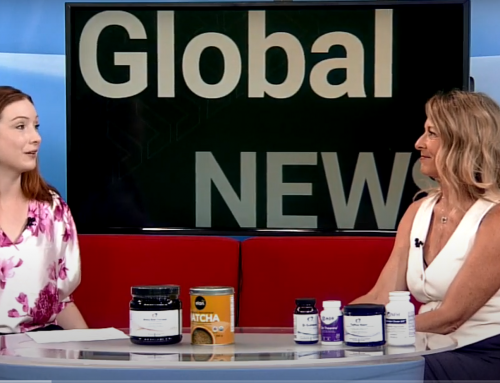Cholesterol videos: This is part 2 of 5 videos in series by Doctor Jaqui Fleury, ND and Doctor Kahlen Pihowich, ND.
You can sign up for the True Potential newsletter to have a monthly digest of health news and recipes arrive in your inbox or click on the red subscribe button to subscribe to our YouTube channel.
Good Cholesterol
In the last video, Dr Fleury and Dr Pihowich answered the question: Is cholesterol bad? In this video, they share some more information:
Cholesterol’s not bad, right?
Cholesterol isn’t necessarily bad: without it you wouldn’t be able to live. There’s a reason why common side effects of cholesterol lowering drugs include fatigue, muscle pain, bruising etc. We need cholesterol for energy and repair. Cholesterol is also involved in the process of Atherosclerosis, which is the leading cause of heart disease, dementia, and death in North America.
Bad Cholesterol
But cholesterol can be bad.
Atherosclerosis is the “hardening/narrowing of the arteries” that leads to the former issues. It happens when cholesterol migrates from the blood into the wall of your artery and becomes “oxidized” and does some funky inflammatory dances with your immune system. In this state it is now unable to leave. Once oxidized it becomes a “plaque” and it’s the stuff of nightmares. (not really, but it is certainly the culprit in atherosclerosis)
So on a typical blood panel for cholesterol, doctors look at the following:
- HDL-C
- LDL-C
- Triglycerides
- Total Cholesterol
Typically you want HDL to be high (the “good” cholesterol) and LDL to be low (the “bad” cholesterol). Tryglicerides are the storage form of fats, and you want these to be a reasonable level as well. Total cholesterol is a broad measurement of everything. You notice that little “-C” after HDL and LDL? That’s been used as the standard measurement of LDL for a loooooong time. The problem is that it only tells us how much cholesterol exists within LDL, but it doesn’t tell us how many LDL we’re dealing with. It’s like measuring how much total dirt there is in an unknown amount of wheelbarrows. Turns out that there’s increasing evidence to support that the number of wheelbarrows matters more for atherosclerosis than the amount of dirt within them. Turns out having the same amount of dirt can be safe or dangerous depending on how many wheelbarrows are carrying it. It’s a long story, but it’s a concept called “concordance” between LDL-C and the number of LDL molecules, which is known as LDL-P. (1)
Additional Resources:





